by Neville Marcano (a.k.a. Growling Tiger)
Introduced by Deborah Robins
Particularly now, this calypso song, which was widely performed in the 1950s, is, sadly, still relevant: the story of how the underclass is invisible while those with wealth can “commit murder, get off free, live in the Governor’s company…”.
I first heard this song performed on an album by the very young and wonderful Bob Gibson, a regular at my parents’ favorite local Chicago club, The Gate of Horn, and, later, by the composer, Trinidadian “Growling Tiger.”
According to Gibson, who was a friend and colleague of mine, his travels to the West Indies in the 1950s gleaned many songs which he transported to the states, “Money is King” among them. The original lyrics differ from those recorded by Gibson in 1956, with Gibson opting to replace island jargon. Alan Lomax recorded Marcano singing his signature song in 1962. See below for the original lyrics and two performances by Growling Tiger, and then below that for Gibson’s lyrics and performance.
Money is King (original lyrics)
If a man has money today
People do not care if he has cacobe [yaws, a tropical disease]
If a man has money today
People do not care if he has cacobe
He can commit murder and get off free
Live in the governor’s company
But if you are poor, people tell you “shoo”
And even dog is better than you
A man with money walks into a store
The boss will shake his hand at the door
Call ten clerks to write down everything
Suits, hats, whiskey, even diamond rings
Take them to your home on a motorbike
You can pay the bills whenever you like
And not a soul will ask you a thing
They know very well that money is king
A dog can walk about and take up bone
Foul head, stale bread, fish-tail and pone
If it’s a good breed and not too wild
Someone will take it and mind as a child
But when a hungry man goes out to beg
They will set a bulldog behind his leg
Twenty policemen will arrest him too
So you see when a dog is better than you
A man with collar and tie and waistcoat
Ask the chinaman to trust him acra and float
“Me no trus’am,” bawl out the chinaman“
You better get away from the frying pan”
“Me no college man, me no know ABC”
“You want acra, gi’am penny”
And the worms start to jump in the man’s belly
And he cries out, “A dog is better than me”
If a man have money and things going nice
Any woman will call him honey and spice
But if he can’t buy a dress or a new pair of shoes
She will say she’s got no uses for you
If you try to caress her, she will tell you “stop!”
“I can’t carry love in the grocery shop”
So most of you will agree it’s true
If you haven’t money, dog is better than you
A very rough live recording by the composer
A studio recording by the composer:
Bob Gibson’s version, link to his lyrics
Deborah Robins is an American Songster and presenter of old songs. She performs, records, and tours with husband and musical partner, the venerated Larry Hanks. She released her first solo CD, “Lone Journey,” in 2016, and is at work on a second. Larry Hanks and Deborah Robins will be on staff at the upcoming TradMaD, in August; they tour US, UK, and Canada.



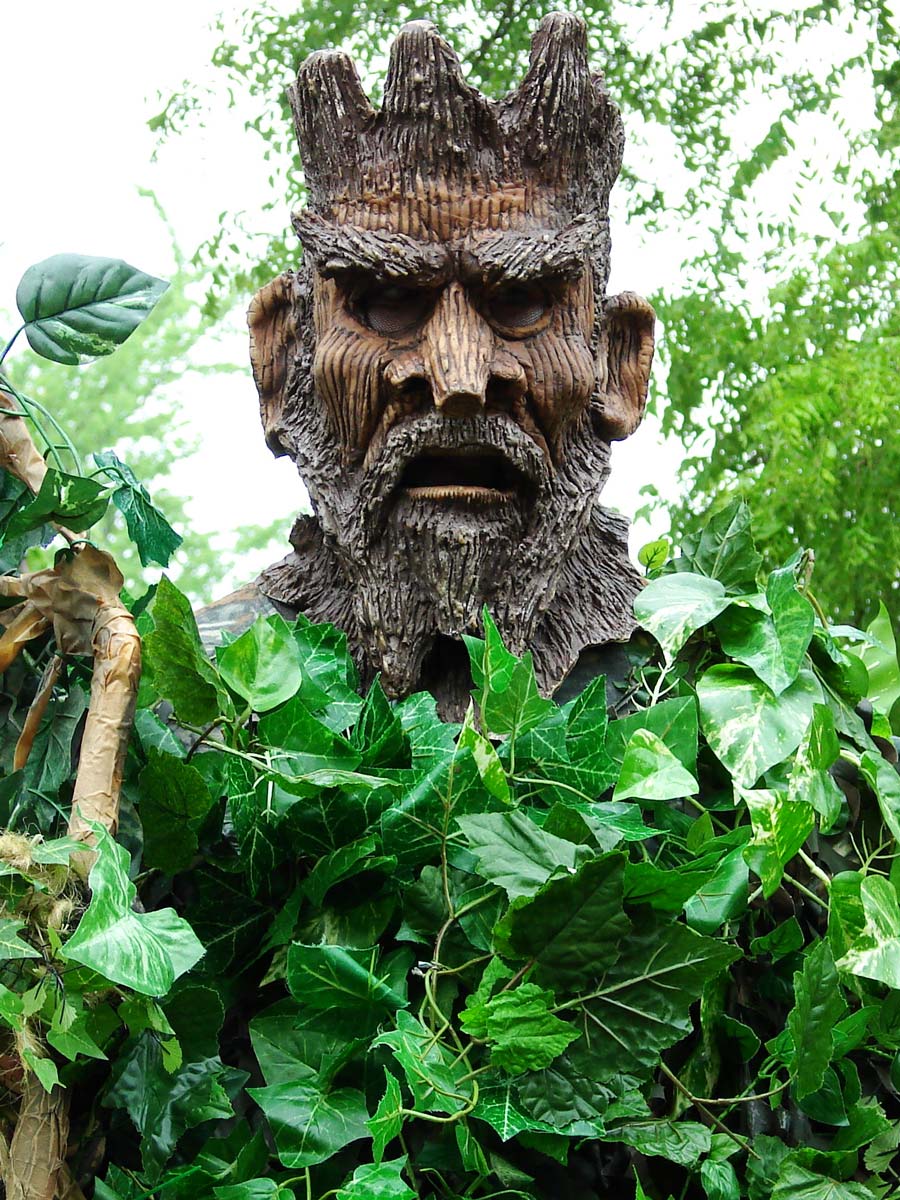
 Lyrics
Lyrics
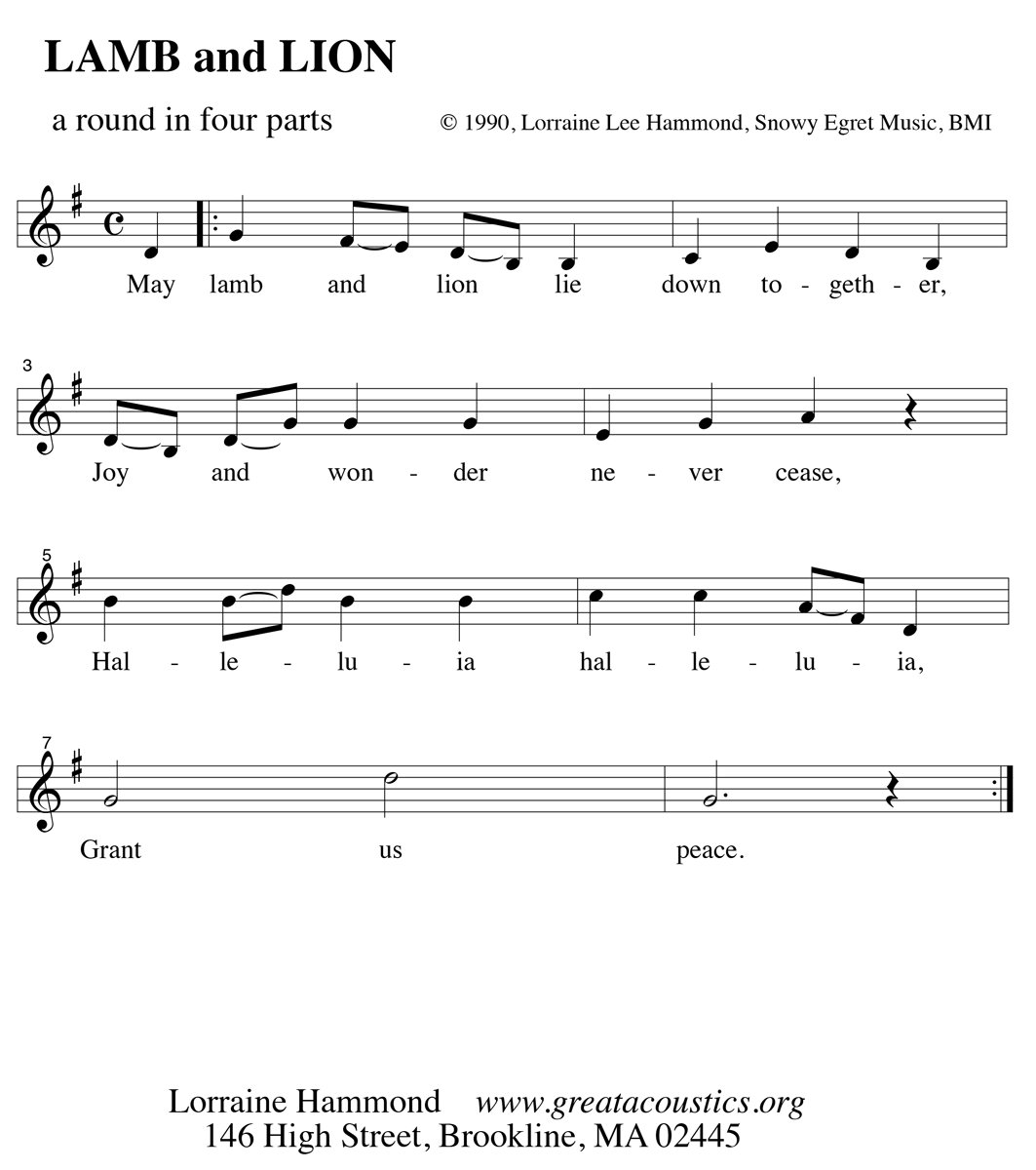
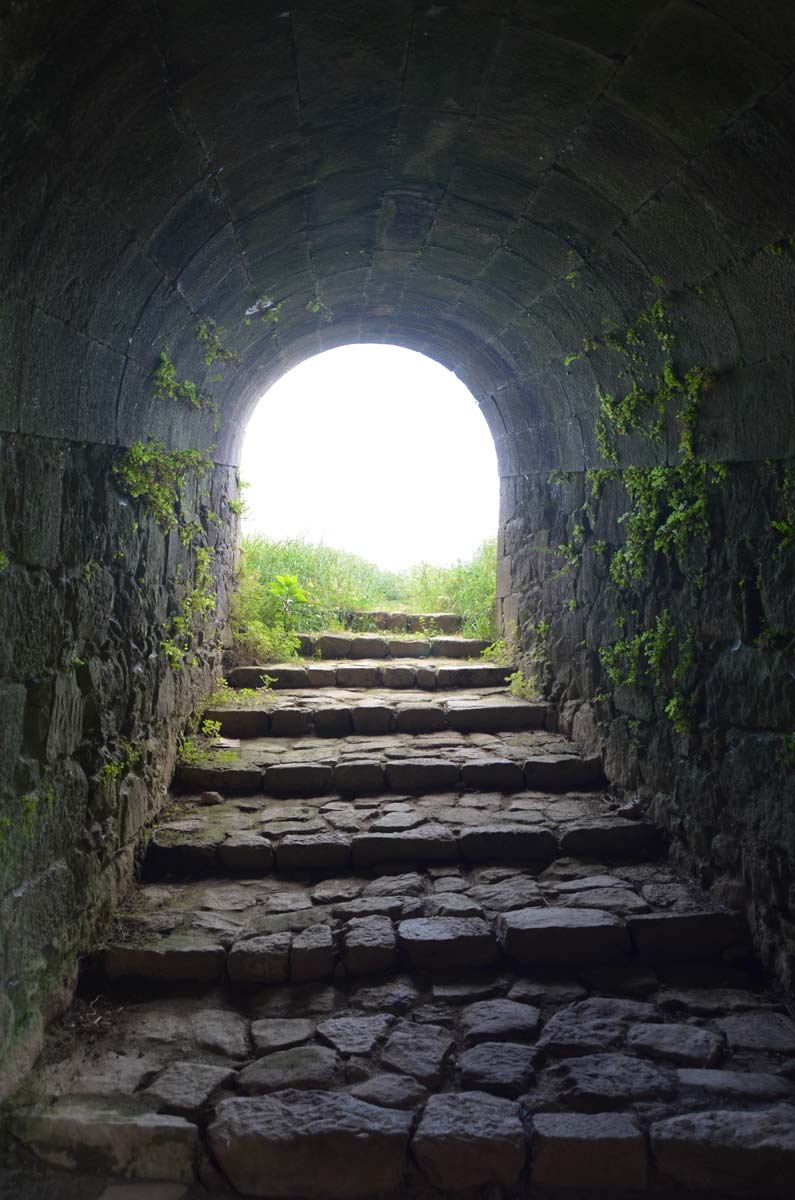


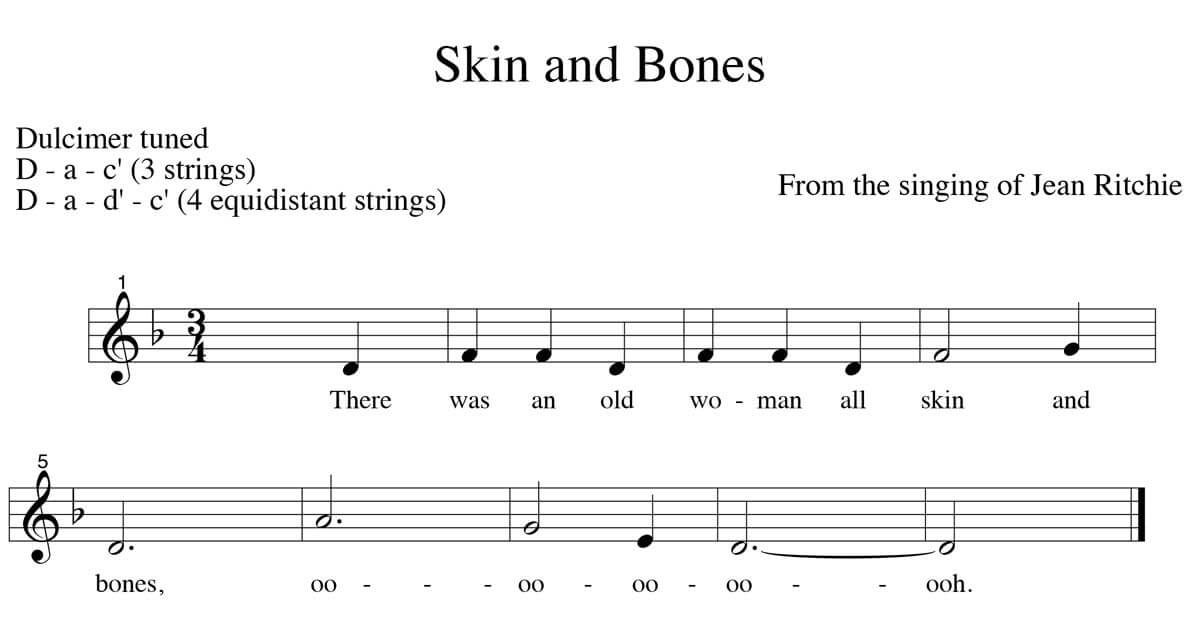
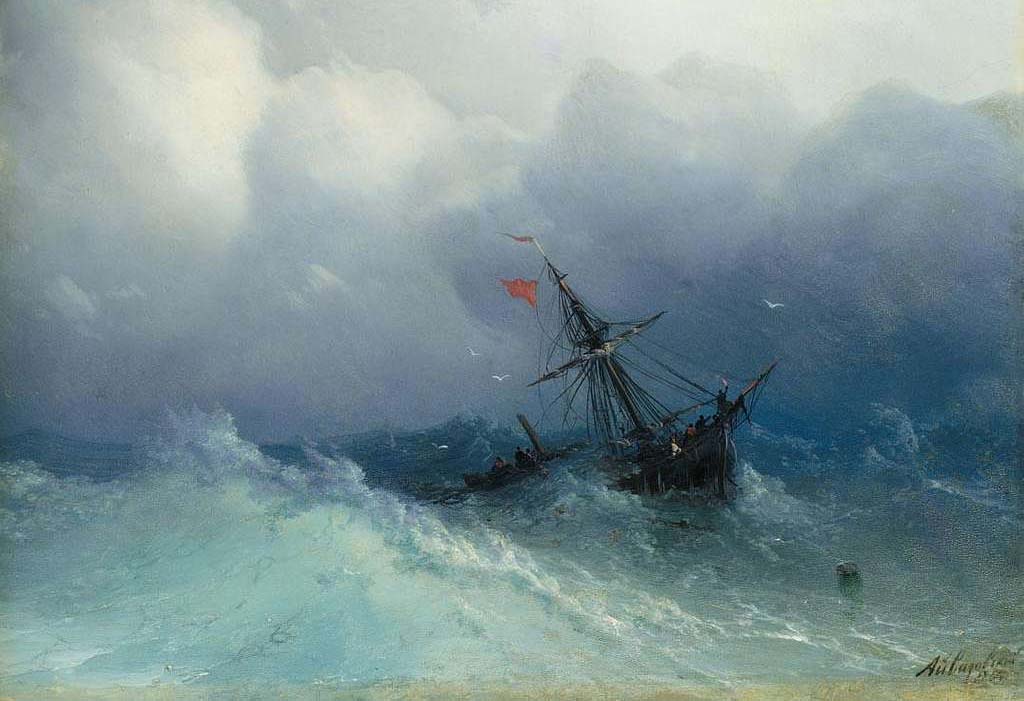

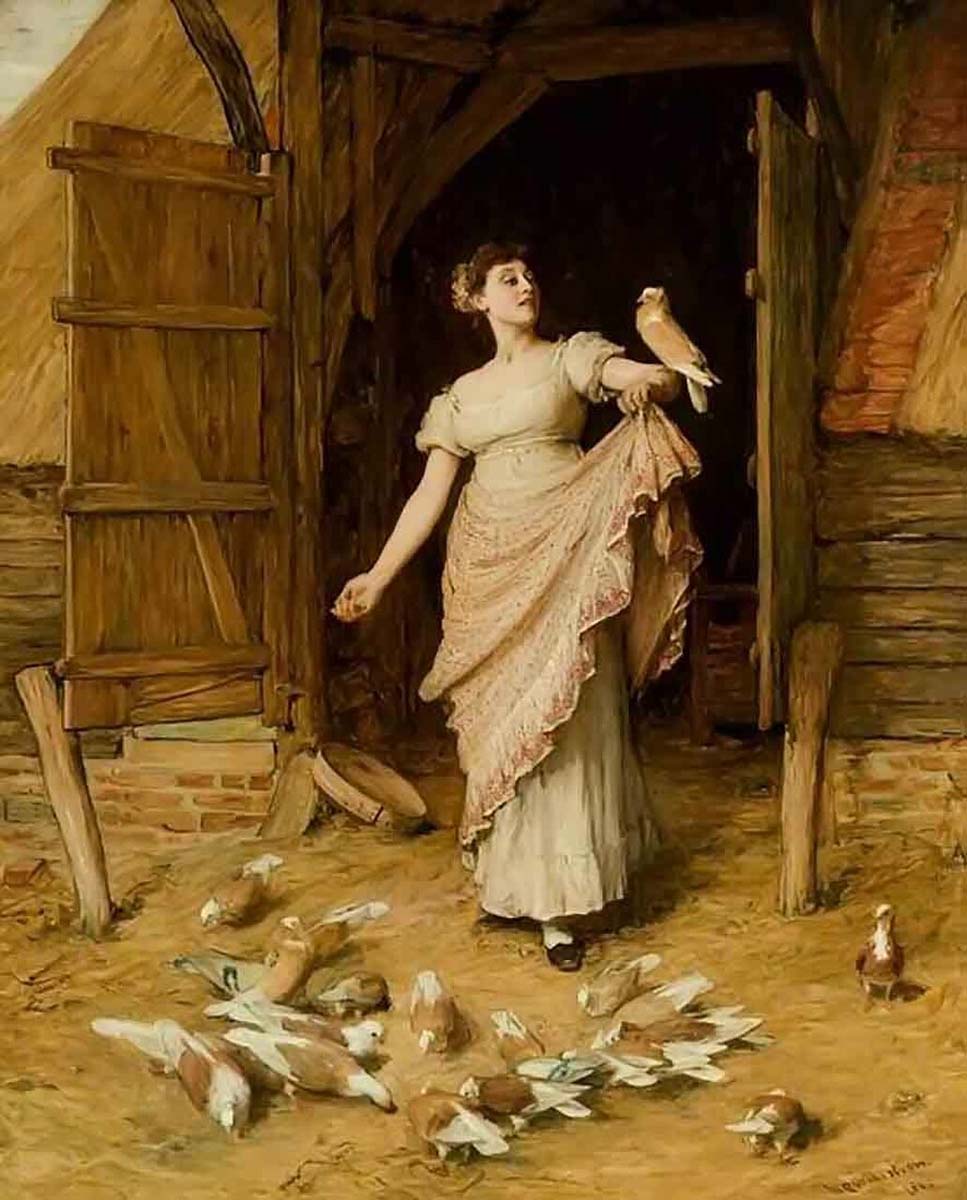
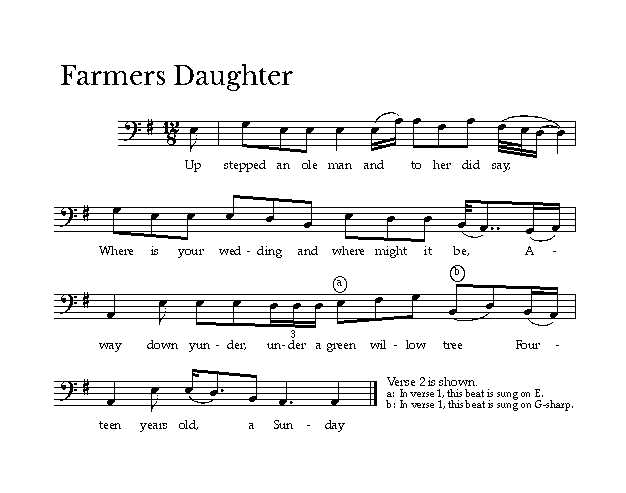

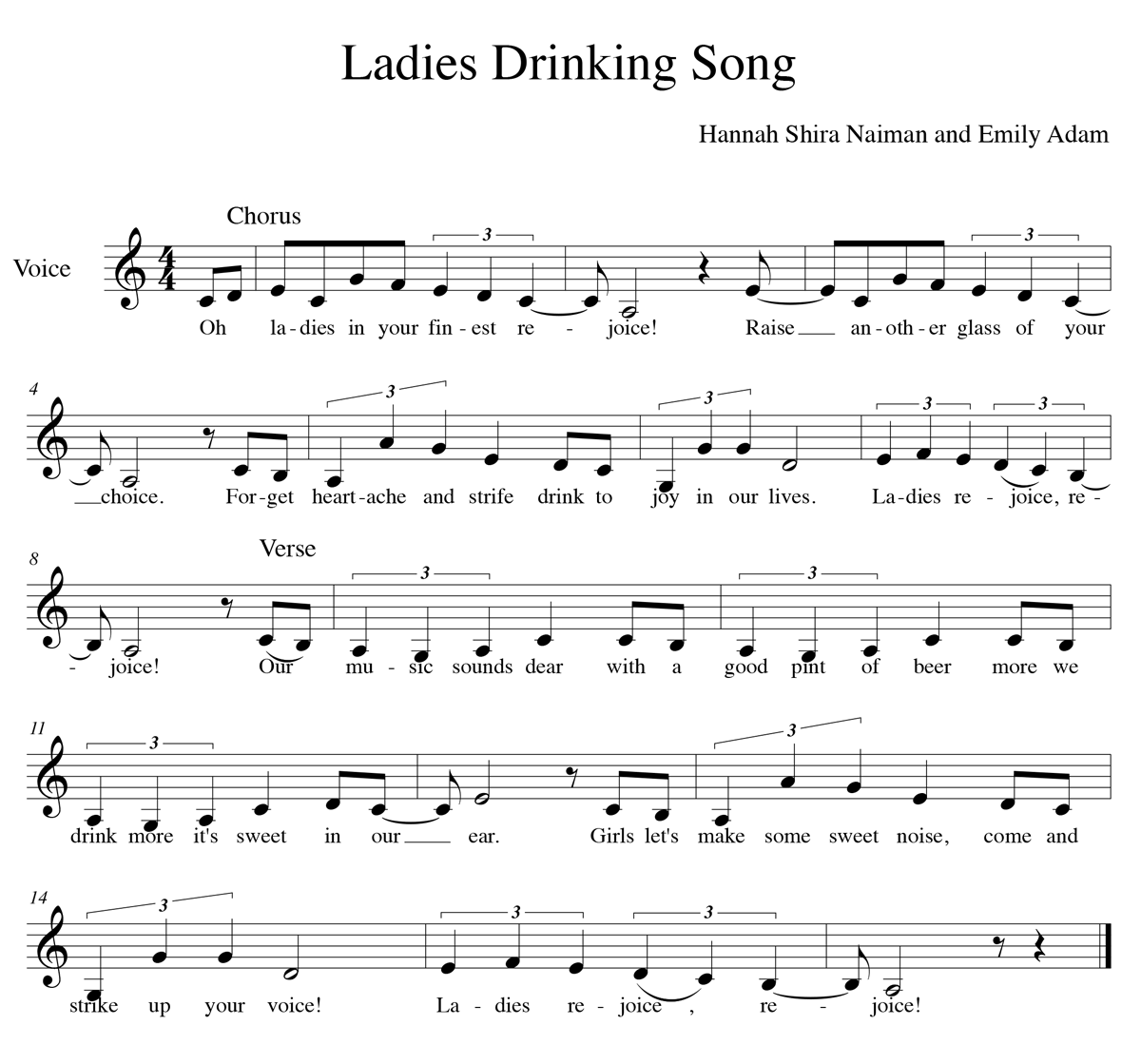
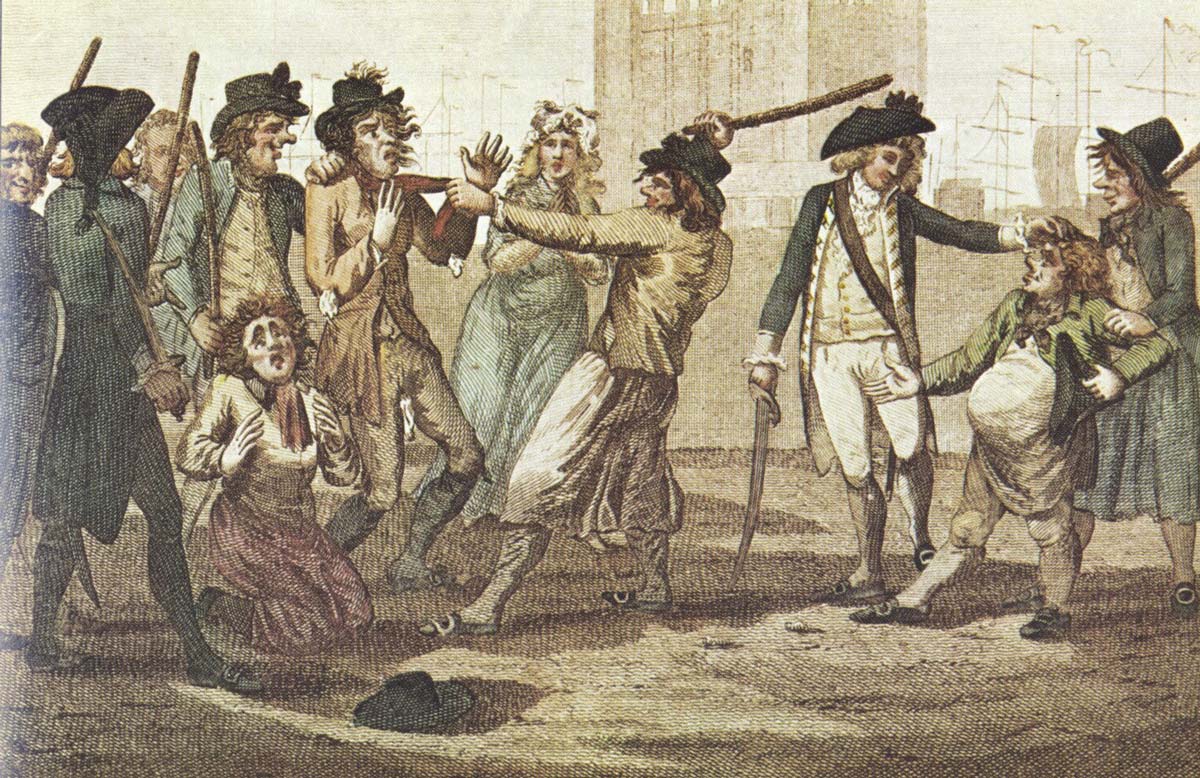
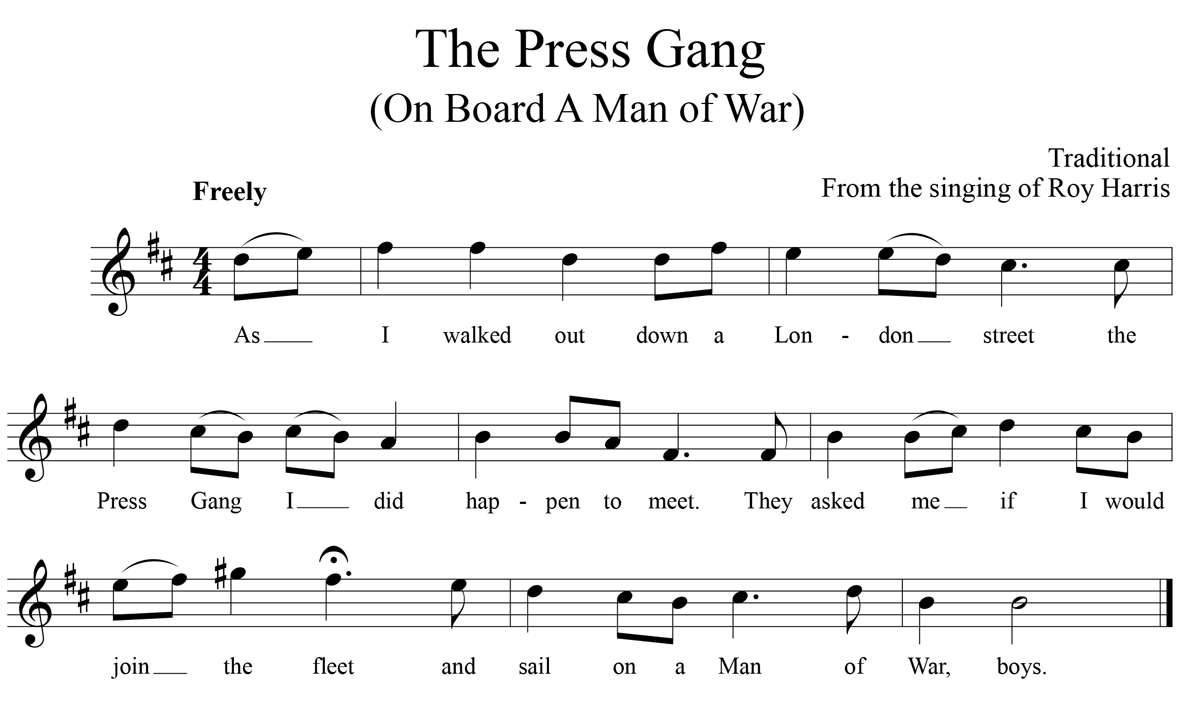
 Thanks to the Massachusetts Cultural Council for their generous support.
Thanks to the Massachusetts Cultural Council for their generous support.